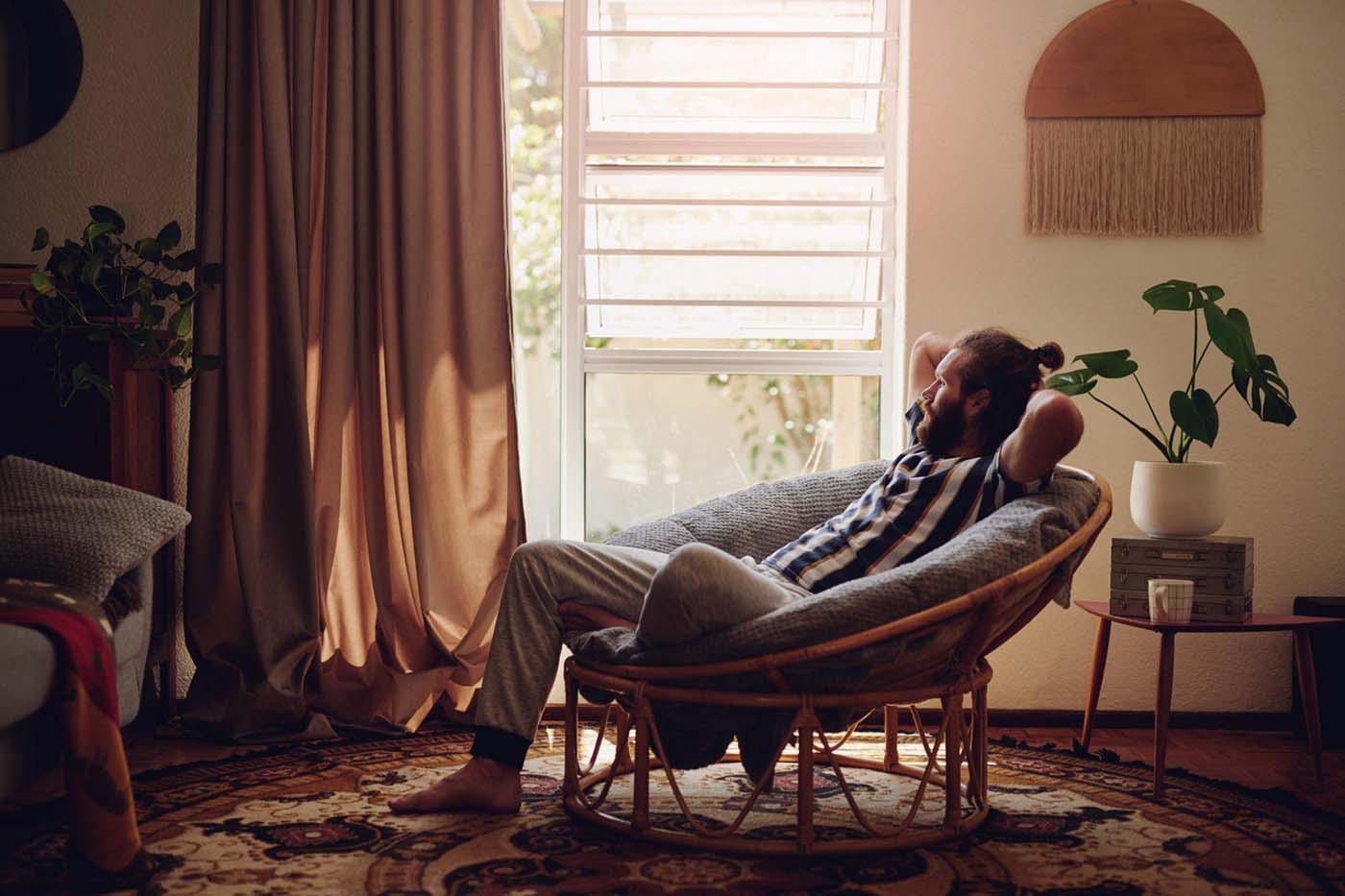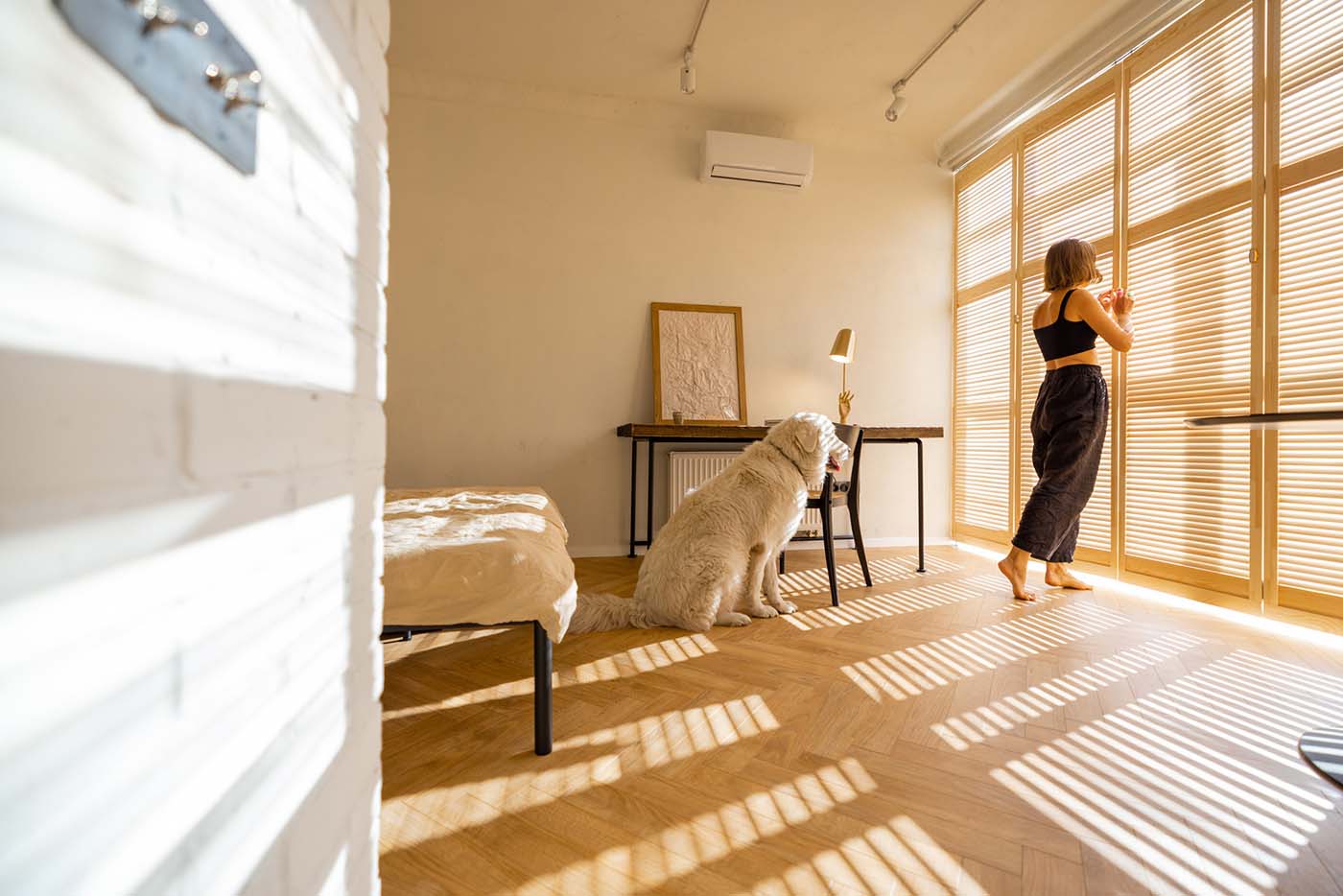In today’s fast-paced lifestyles, individuals often seek solace within their spaces. These areas, whether their homes or the places they frequent for work and leisure, profoundly influence their emotional and mental well-being. The choices made in interior design, from the selection of colours to the arrangement of furniture, possess the remarkable ability to mould human experiences in subtle yet significant ways.
This article invites readers to explore the fascinating intersection of psychology and interior design. Through a third-person lens, it reveals how design elements can deeply impact the quality of life, ultimately guiding individuals toward spaces that harmonise with their mental and emotional needs.
Consider the importance of window treatments. Sunlight filtering in can drastically impact mood and productivity. Harsh, unfiltered sunlight in the summer can create uneasiness and impair focus. Adding window blinds, a simple yet purposeful design choice, regulates light flow, transforming discomfort into tranquility. Such options epitomise interior design’s essence, demonstrating how even minor details, like deciding to “get blinds,” shape daily life.
Evoking Emotions Through Colour
Colour is an indispensable tool in the interior designer’s palette, as it can elicit a wide range of emotions and set the tone for a space. Consider the following examples:
– Calm and serenity – Soft shades of blue and green can evoke a sense of calm and tranquility. These colours are often used in bedrooms and meditation spaces to create a soothing atmosphere conducive to relaxation.
– Warmth and comfort – Earthy tones like warm browns and deep reds radiate comfort and coziness. They’re commonly applied in living rooms and dining areas to encourage a sense of warmth and togetherness.
– Energising and vibrant – Bright and bold colours like energetic yellows and fiery oranges can infuse a space with energy and vitality. These hues are often incorporated in kitchens and home offices to promote productivity and creativity.
– Sophistication and elegance – Rich and muted colours such as deep purples and charcoal grays can lend an air of sophistication and elegance. You can use them in dining rooms and home libraries, creating a sense of refinement.
– Harmony and balance – Neutral tones like whites, beiges, and soft greys provide a versatile backdrop that allows other elements in the room to shine.
Understanding the psychology of colour is a fundamental aspect of interior design, as it enables designers to create environments that resonate with the desired emotional and psychological states of the occupants.
Enhancing Comfort And Functionality
Crafting remarkable interior spaces transcends mere aesthetics; the harmonious fusion of comfort, functionality, and style truly transforms a room. The arrangement of areas, strategic placement of furnishings, and meticulous organisation of elements significantly impact one’s day-to-day experiences
Yet, great design goes beyond the practical and nurtures a pervasive sense of ease and contentment. It’s the art of optimising usability while enhancing mental and physical well-being. When creating an atmosphere that marries elegance with practicality, consider the impact of faux wood blinds. This choice regulates light and adds a touch of timeless sophistication to your space.
Illuminating Well-Being With Lighting
Lighting emerges as a powerful yet silent influencer in interior design. It extends beyond mere functionality, sculpting a room’s mood and ambiance, significantly affecting occupants’ emotional state.
Imagine a warm, soft glow of pendant lights suspended over a cozy reading nook. Such lighting facilitates reading and cultivates a sense of tranquility, making it an inviting space to unwind and relax.

Stimulating The Senses With Texture And Material
Often overlooked in interior design, texture, and materials subtly engage the senses, transforming a room into a rich multi-sensory experience that fosters a sense of comfort and tranquility. Picture a living room adorned with plush velvet couches, soft shaggy rugs, and rustic wooden furniture. The interplay of these materials offers a diverse sensory encounter and enhances the room’s visual appeal, contributing to an overall sense of relaxation and contentment.
Personalising Spaces For Emotional Connection
In designing a space, personalisation is the key to crafting one that resonates deeply with the occupants. Here’s how you can do this:
– Gallery wall – Display a curated collection of artworks and photographs to add a personal touch and kindle cherished memories, fostering a sense of nostalgia and comfort.
– Custom furniture – Invest in custom-made pieces to tailor your surroundings to your unique preferences, creating a feeling of ownership and attachment.
– Incorporating heirlooms – Integrate family or inherited furniture pieces into the design to add a layer of history and personal significance. Heirlooms can deepen the emotional connection to the space.
– Favourite colours and patterns – Incorporate one’s favourite colours and patterns into the decor to reflect individual style and bring a sense of happiness and familiarity to the environment.
Personalisation in interior design nurtures a sense of belonging and enhances the state of mind within the spaces you call home.
Elevating Well-Being With Biophilic Design
Biophilic design, a concept rooted in human’s innate connection to nature, offers a clever approach to enhancing mental and emotional wellness through interior design. Imagine a workspace bathed in natural light, adorned with potted plants, and featuring wooden accents reminiscent of a forest. Such an environment inspires creativity and productivity and creates a sense of calm and contentment, akin to a refreshing natural retreat.
Final Thoughts
Designing and creating a space extends well beyond surface aesthetics; it’s a journey of crafting rooms that resonate deeply with the well-being of their occupants. Each choice, from the calming influence of colour to the comforting embrace of familiar textures, weaves a tapestry of comfort and serenity.
Within each design decision, there’s an opportunity to elevate the quality of life, fostering environments that nurture spirits and inspire daily pursuits. These thoughtfully curated spaces are a testament to the harmonious interplay between design and well-being, reminding you that your surroundings can become sanctuaries that enrich your life.








